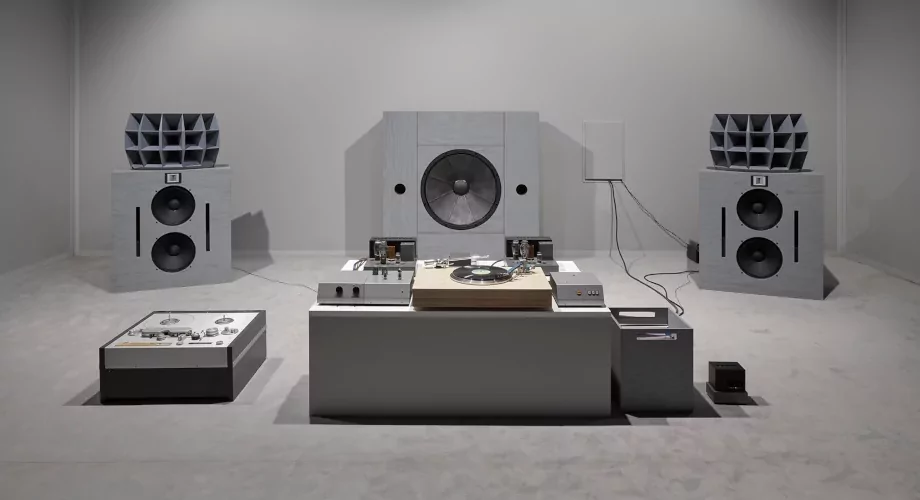Published on
February 10, 2016
Category
Features
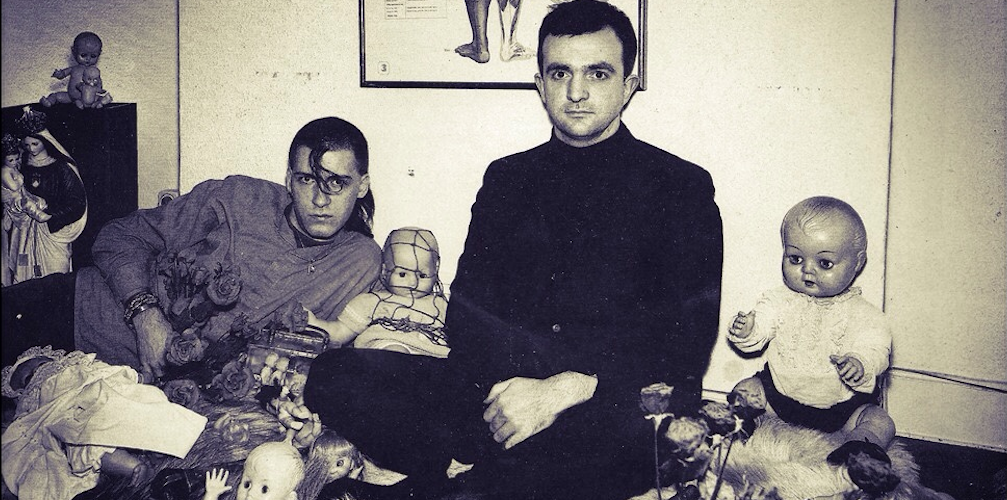
Industrial pioneers with an ear for the dance floor, Coil were relentless in their pursuit of sonic inspiration. Nick Soulsby takes the long route round a difficult discography to find 10 entry points for experts and newcomers alike.
Words: Nick Soulsby
The deaths of Peter Christopherson and John Balance couldn’t have been in starker contrast; Balance toppled from a second floor balcony head-first onto a marble floor in November 2004 while Christopherson slipped away quietly in his sleep in November 2010. The only thing unifying their passage out of this world was the moment of shock – but then, they had always possessed that out-of-nowhere talent for surprise. As Coil they had embarked on a wild ride from industrial origins originating in the post-Throbbing Gristle outfit Psychic TV, through a spell as dancefloor-channelling experimentalists, onward to their destination as the respected priesthood of pagan rite electronica.
Their time together encompassed early martial sounds and metallic edges; an embracing of dancefloor elements and chemical vibes in the early ’90s; onward to strange lands with Christopherson (and an array of regular friends) providing the backdrop of unease underlining Balance’s cantering, cajoling, moaned and howled incantations. There was a beauty in all Coil accomplished and they remain a singular entity worth of remembrance and praise. Here we bring together ten places to start:
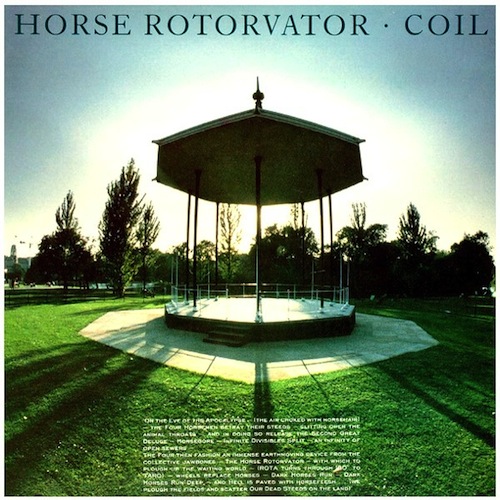
Horse Rotorvator
(Force & Form, 1986)
Coil’s omnivorous appetite for sonic inspiration, the quality that would drive them to so many new places, was already visible on this, their second album. The seesawing queasiness of opener ‘The Anal Staircase’ luxuriates in its celebratory perversity, then by track four, ‘Ostia (the Death of Pasolini)’, a tense string quartet twists around the constantly climbing central theme. ‘Herald’ teases a decaying oompah band, before ‘Penetralia’ tears a hole Nine Inch Nails would follow into vicious electro-rock terrain complete with whip tones. To a lesser pair of innovators, near everything on display here would have been a path worth pursuing. Coil, however, were moving so fast they would soon leave near all of it behind in their quest for the violent pleasure of the new. Horse Rotorvator was a haunting ride through twisted voices and a vision that pinballed from one tone to another without ever failing to snatch at the soul and hold tight.
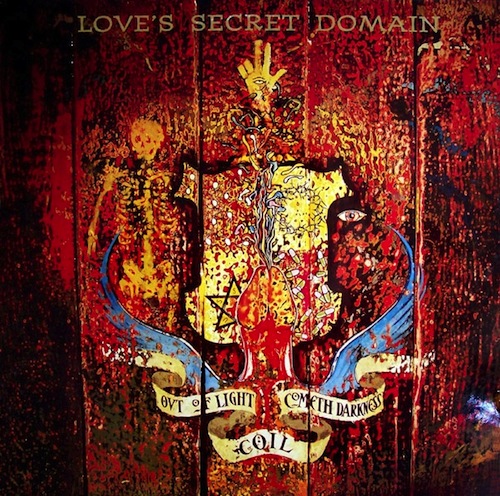
Love’s Secret Domain
(Torso, 1991)
The U.K.’s ‘summer of love’ moment rekindled an interest in the use of drugs as a genuine path toward mind-alteration; this understandably drew the attention of some of the wilder characters inhabiting the industrial scene. Coil, however, drew much of their inspiration from the gay clubs of London resulting in the danceable tropes that inhabit the resulting 1990 album. The album’s title was a salute to the permissive haven of excitement, comfort and chemical enhancement they discovered in those years – tracks ‘Teenage Lightning’ and ‘Disco Hospital’ attempt to capture the energy and sense of healing found in the communal experience.
It’s understandable that ‘Windowpane’ and ‘The Snow’ were hived off for a separate EP given their chilly tones and pensively circling beats. There’s still a disorder to many of the tracks, a joyous derailing of any safety to be found here. The album’s title track is a tour de force, a howling, taunting, gorgeous near-ballad in which every gentle image is crippled by a kick in each verse and the chorus cries for love as obsession and complete submersion.
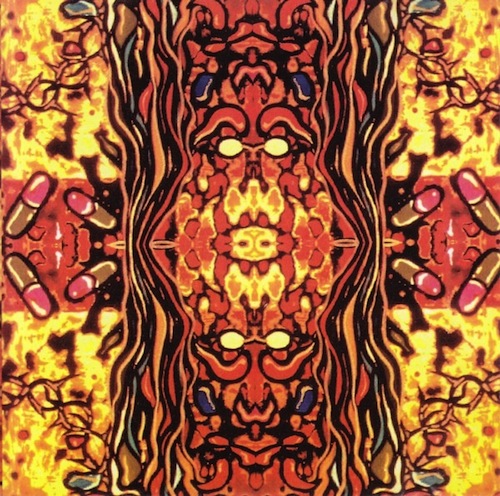
Stolen and Contaminated Songs
(Threshold House, 1992)
Coil has been consistently willing to document work in progress – in 1987 they’d already released Gold is the Metal with the Broadest Shoulders consisting of demos from their first two albums. This later selection from 1992 includes works created at the same time as the LSD album. The various pieces channel even looser and more off-kilter vibes than the original. It’s precisely the instability infecting all their work that makes Coil unique, that adds the messiness of real life to their creations and that puts them at odds with the often robotic regularity and grid-like development of much electronica and dance music.
The slivers of dialogue wrested from other sources and lodged in these tracks (such as ‘Furthur’ and ‘Original Chaostrophy’ are intriguing and ominous; readily testament to Coil’s liking for the uncanny and the unnerving. ‘Omlagus Garfungiloops’ is like lounge jazz for the ballroom of a ship going down with all hands. ‘Inkling’ meanwhile twitters, clicks and whips around the rapid descent and return of a harp. Even an initially mellow pause, ‘Who’ll Fall’, collapses as a voicemail recounts “a friend of mine’s just committed suicide…”
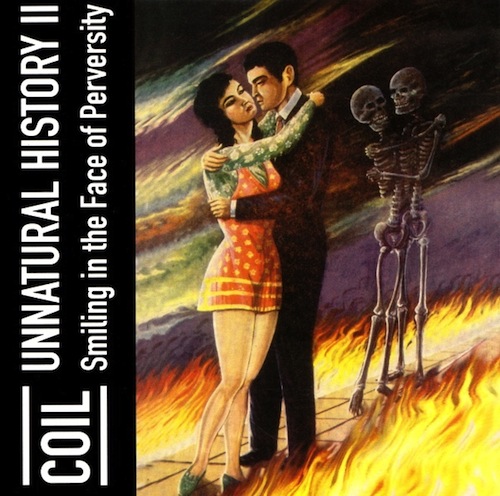
Unnatural History II
(Threshold House, 1995)
Throughout the first decade and a half of their career, Coil were astonishingly prolific outside of the realm of albums – so much so that they were able to forge three album-length volumes made up entirely of odds-and-sods drawn from compilations, outtakes and stray singles. While the first volume was devoted to offcuts of the 1983-1986 era, Unnatural History II was wrapped around the rejected soundtrack to the film Hellraiser.
Coil’s crucial talent was always for making sounds that were simultaneously artificial and seemingly organic in their motion, expansion, flex. This squishiness fits the steel and flesh aesthetic of Hellraiser perfectly with grinding relentless sounds pulsing wetly, limb-dragging, leaking quiet chaos. The main difference between the Hellraiser tracks and the others on the release lies in the simmering tension of the Hellraiser tracks – there’s never a cathartic release. Instrumentals like ‘Red Weather’, by comparison, permit themselves explosions of activity and volume at their resolution.
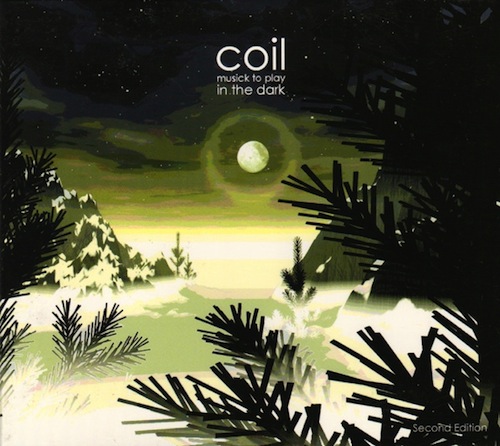
Musick to Play in the Dark Vol.1
(Chalice, 1999)
I saw Coil at a live show in London. John Balance cavorted across the stage in an unbuckled straitjacket, the gap at the back revealing flashes of his unclothed body and his straggly beard adding a Victoria bedlam air to proceedings. He introduced the song ‘Broccoli’ with a tale of his father holding him out in mid-air off one of the reinstated dams smashed by the Dambuster Raids of 1943. The song itself is a beautifully understated lament for lost parents in which seemingly banal domesticated advice about eating his greens, about please and thank you, gives way to the simply stated but bottomless depth of “the death of your father, the death of your mother, is something you prepare for all your life.”
Coil sway between the humorous and the majestic throughout what was their finest hour as Balance became soothsayer, madman and priest all at once. ‘The Dreamer is Still Asleep’ is another perfect note on which to end an album – John’s voice surges into each line like a phantom rising over the bed, a slight digital manipulation and hugely effective.
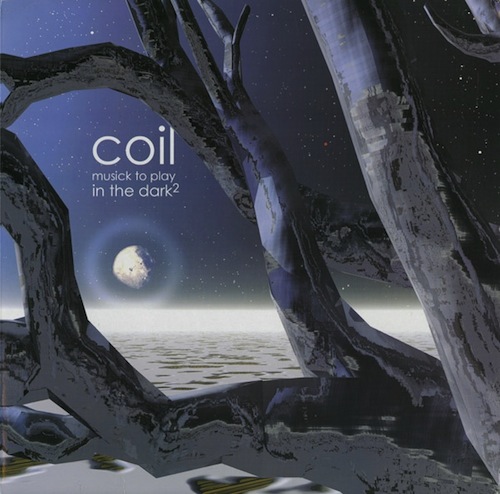
Musick to Play in the Dark Vol.2
(Chalice, 2000)
A continuation of the previous volume – which is no bad thing at all. Coil spoke back in 1998-1999 of their shift toward ‘moon music’ which was the mode they expressed on these two records. What it meant was substantial space in the recording, room to explore and appreciate the waves and showers of sound deployed. There are crisp edges to near every sound while Balance’s vocals are sonorous intonations; you can feel is breath billowing over the glacial crack of night.
The first track ‘Something’ deliberately plays with the tonal qualities of his voice, the repeated word “something,” builds from near-silence – it’s a strong contrast to ‘Ether’ where there’s a sickened catch and dried nasal tone compared to the softly falling echoes of the former. ‘Batwings (a Limnal Hymn)’ is the song that made me love Coil – overlong? Probably. Repeating tricks from Vol.1? Maybe. But the twittering of wind that casts about for an exit while Balance tallies his list of esoteric items before giving himself completely to chanting ecstatically in a language he apparently made up himself. Limnal – relating to lakes. The water themes continue…
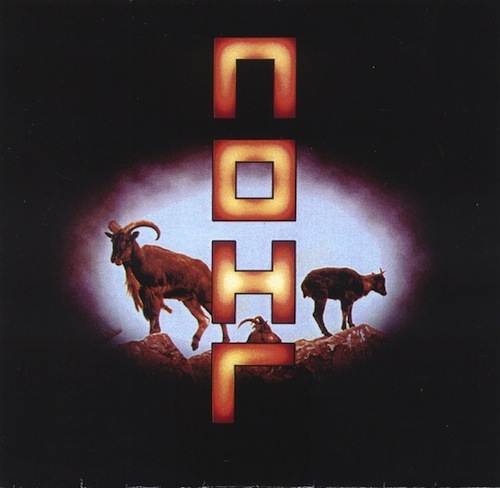
The Remote Viewer
(Threshold House, 2002)
Remote viewing: the projection of one’s consciousness outside of the body to observe a location far outside of one’s physical surroundings. The title seems a fair metaphor for the sense of motion embodied in this series of instrumentals. The presence of Ossian Brown for this work does give the music echoes of the work of fellow travellers Cyclobe – a bagpipe-like drone underpins the first piece (‘Remote Viewing 1’) as sine waves interject and the music drifts forward.
‘Remote Viewing 2’ is a skittering blur of clicks, whips and burrs occasionally interrupted by a gibbering robot and what might be a vocal reduced to a single trill. Beneath these elements a three beat repetition ups the tension without ever suggesting the physical release of dance music. The third piece returns to dental drill tones and warbles accompanying a tapped drum rhythm and a sinuous tribal tune – it’s like a piece of world music folded and torn apart by cutting edge technology. The two disc version contains a further two fresh compositions very much in the same vein as the originals.
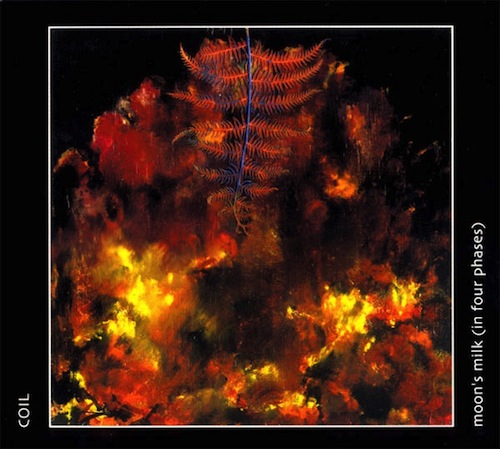
Moon’s Milk (in Four Phases)
(Eskaton, 2002)
Coil were seeking a tangible connection with the natural world in the late Nineties, always questing however for its magical edges. Four EPs were recorded 1998-1999, each one marking the solstice, the four seasons, the rhythm of the planet. Similar releases at the time were ‘Astral Disaster’, recorded below the level of the Thames on Samhain (the Celtic festival marking the end of harvest) and ‘Time Machines’, a drone release dedicated to various chemicals but also intended to support travel through time. This release saw the arrival of long-time Coil favourite ‘Amethyst Deceivers’, a song that very much foreshadowed the mood of Coil’s upcoming magnum opus Musick to Play in the Dark. The vocals of Rose McDowell, a regular collaborator added a cut glass element to certain pieces on the record.
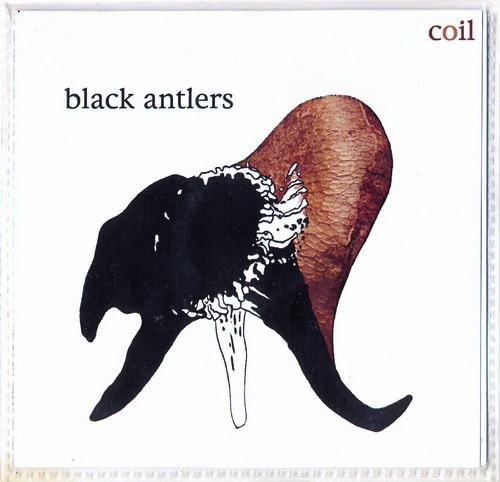
Black Antlers
(Threshold House, 2004)
The duo’s final album delved even further into the twilight world of the city; self-harm, casual sex, ‘the Wraiths and Strays of Paris’, the energy of youth – it’s all wrapped into a twitchy electronic paranoia flooded with knocks, clicks and whirs. ‘Sex With Sun Ra’ is the centrepiece of the recording – a off-kilter tale of meeting the space jazz icon with both sides of the imagined conversation laid out. The long instrumental coda of live song ‘the Wraiths and Strays of Paris’ shows Coil’s absolute mastery of their art; the rhythm suddenly staggers, a roar of static soars in, then the tune resurrects itself as chimes and strings loop and curl around the central beat.
The simplicity of traditional folk song ‘All the Pretty Little Horses’, originally sung by Balance for a Current 93 album, allows one to luxuriate in Balance’s idiosyncratic voicing and the song’s discordant tale of parental promises and wounded animals. ‘Teenage Lightning (10th Birthday Version)’ enjoys a long introduction in which voices are reduced to skittering, a pastoral vibe laced around recognisable tropes from the original before an elegiac piano laments the passing of youth.
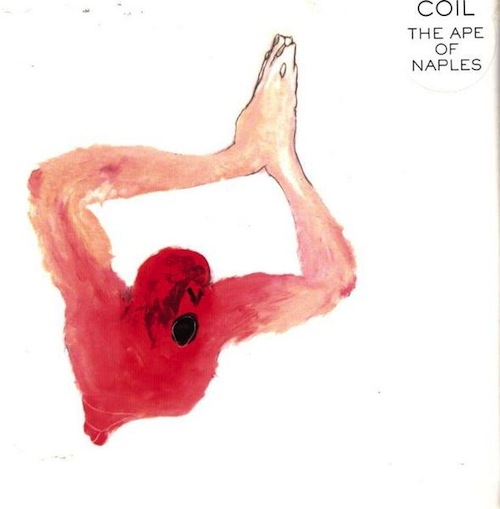
The Ape of Naples
(Threshold House, 2005)
Coil’s modus operandi – the sewing together of disparate sound sources; the corruption of recognisable elements into new forms; the repurposing of the old to serve the needs of the new – have meant that their remixes and recycled tunes never fail to come loaded with interest. This album, finished in 2005 by Peter Christopherson in the aftermath of Balance’s death, took pieces from the Backwards’ session of the mid-Nineties, leftovers from the band’s final days, plus new versions of previously released tracks and forged this clean-toned final statement. ‘Cold Cell’ is a well-loved prayer in hope of being spared Earth’s worst torments and impositions.
‘Teenage Lightning 2005’, placed alongside ‘Amber Rain’ feels ever more like streetlights reflected in still puddles – songs for night streets in city centres filled with the careless exuberance of youth. Coil are such an adaptable creation, Christopherson’s adapt touch so sure, that even the seesaw of a hurdy-gurdy doesn’t sound in any way out of place wrapped into the odd vision of song ‘Tattooed Man’.
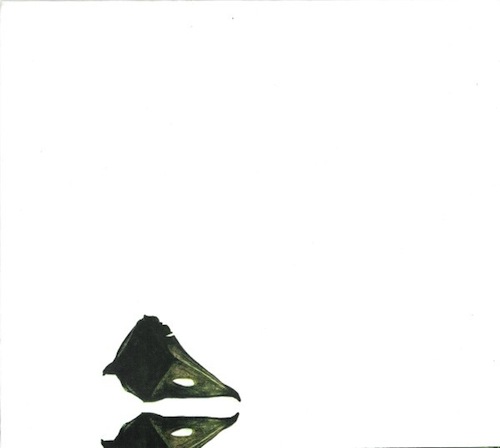
The New Backwards/Backwards
(Threshold House, 2008)
The chief distinction between these two iterations of the recordings Coil abandoned in the mid-nineties is one of grit. The New Backwards fits most effectively into the identity Coil established from the late Nineties with each sound warped and spun in new directions across these lengthy explorations while Balance explores the potential of his newly confident vocal abilities – all bestowed with a digital gloss permitting each sound to pop from the speakers. The 2015 edition of Backwards, however, restores the sense of tentativeness, the feeling of boundaries being tested – these are, after all, aborted demos from their time in the company of Nine Inch Nails’ Trent Reznor. There’s a greater darkness to the originals, Coil having not yet made the angelic conversion visible in their later works.

